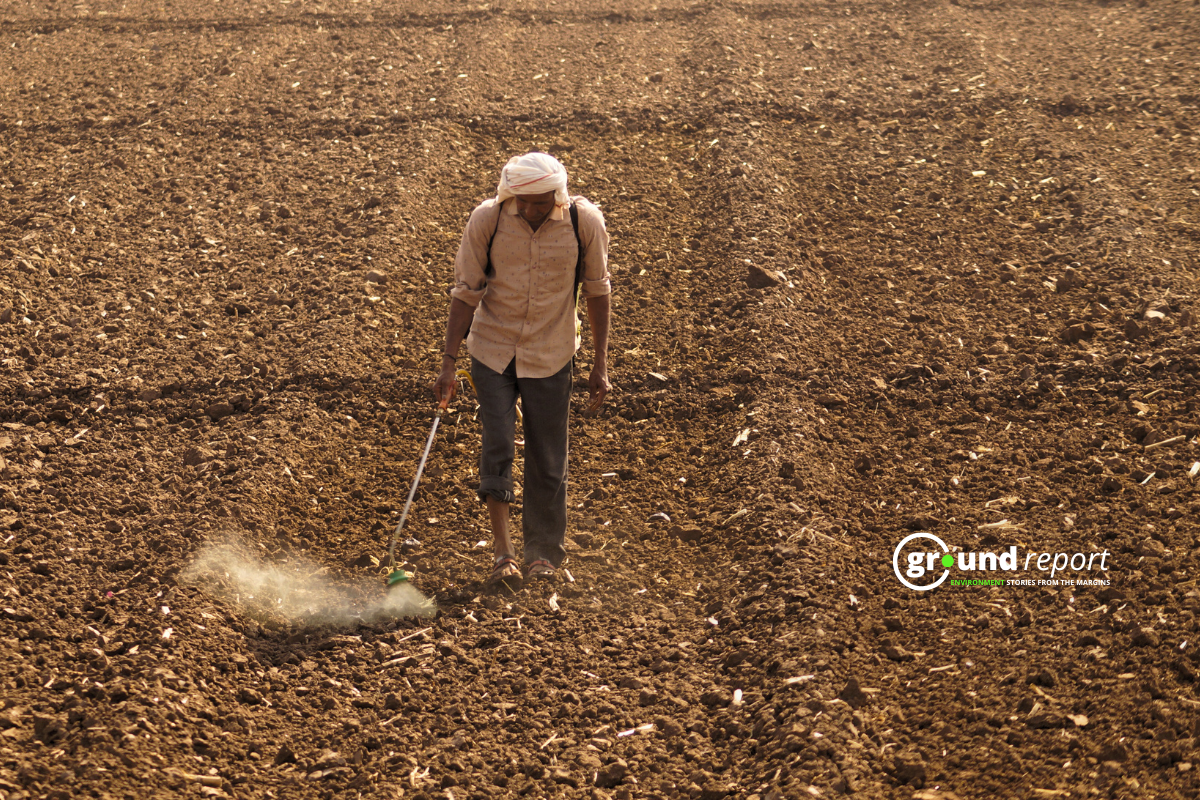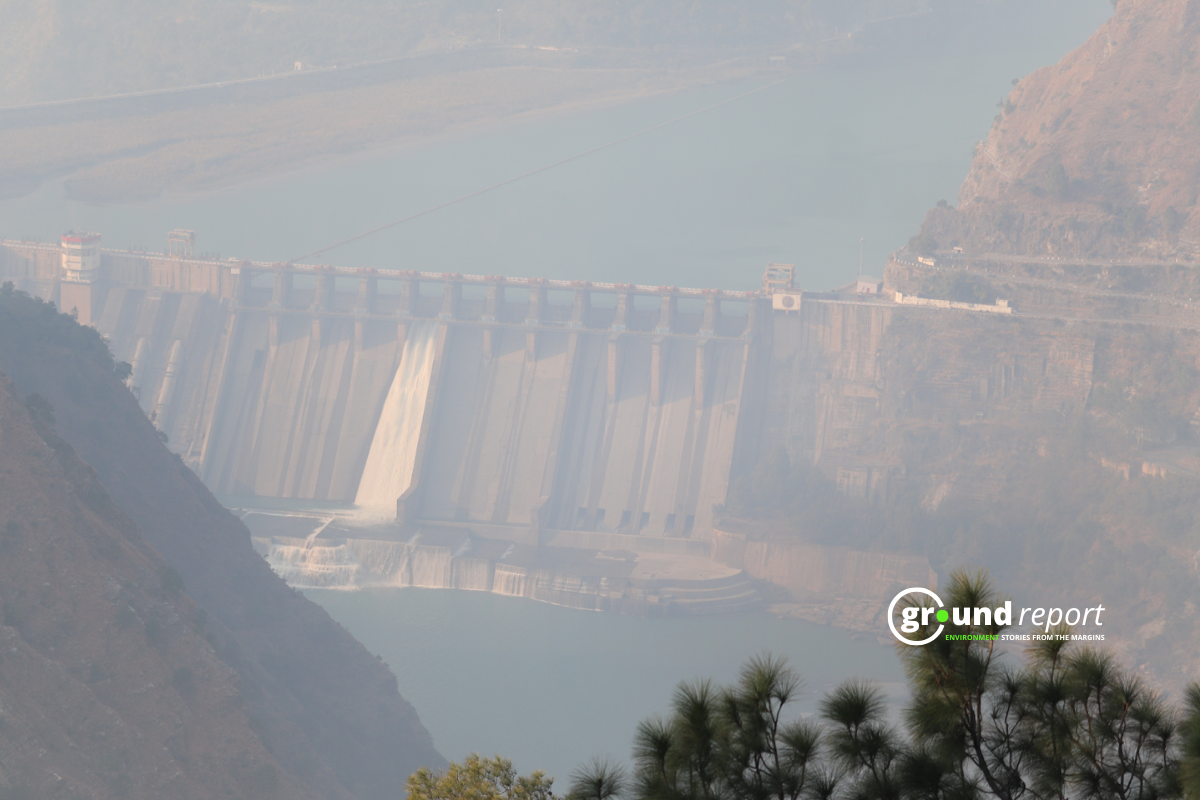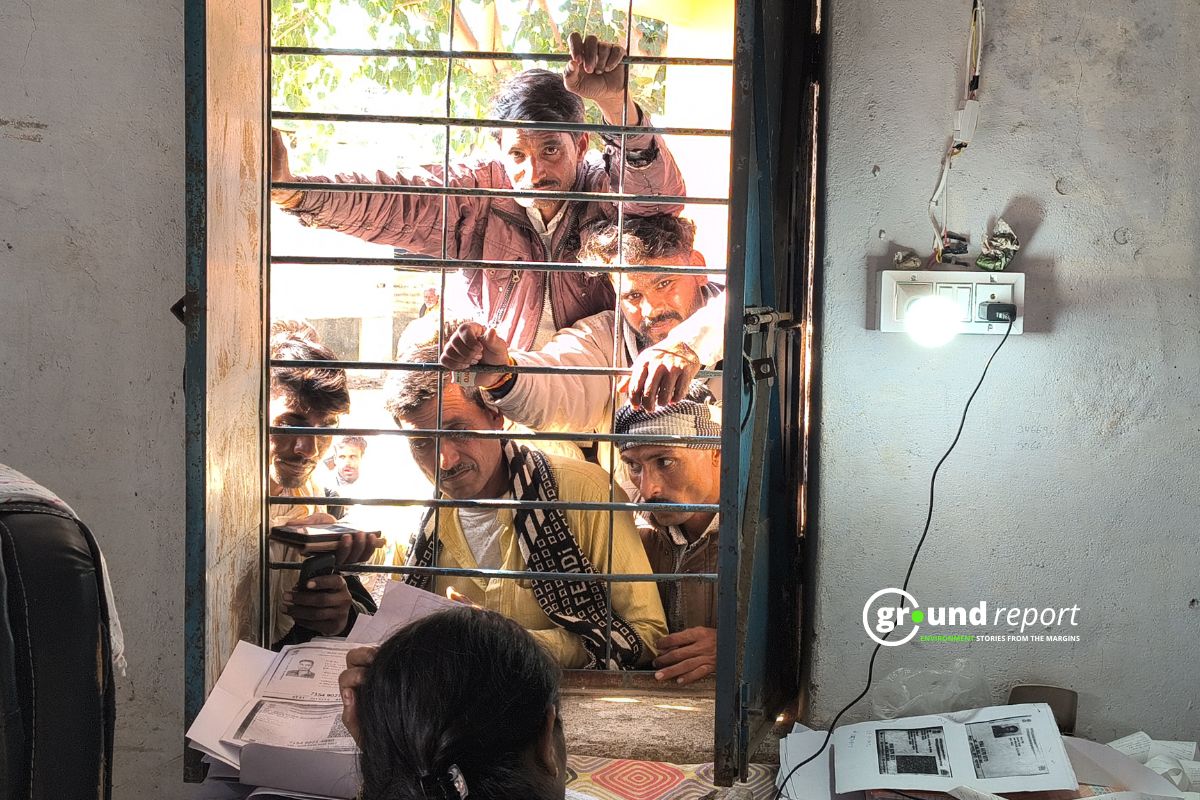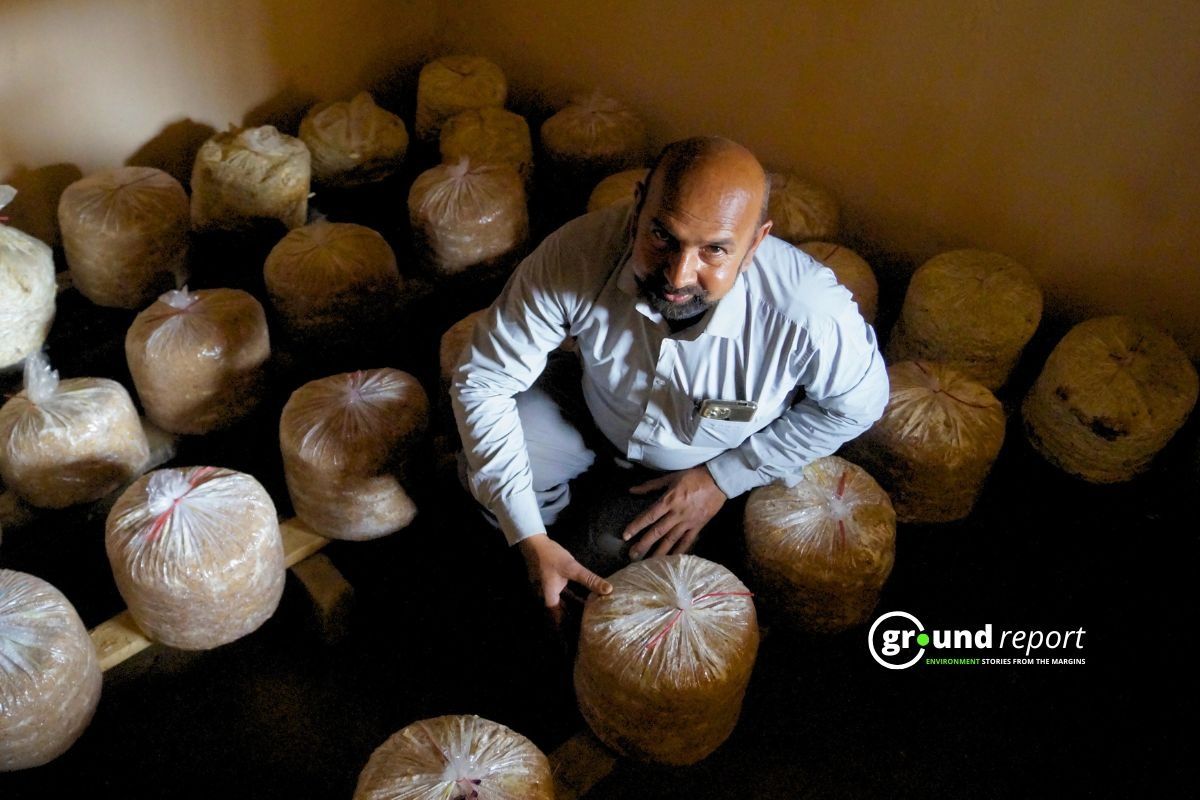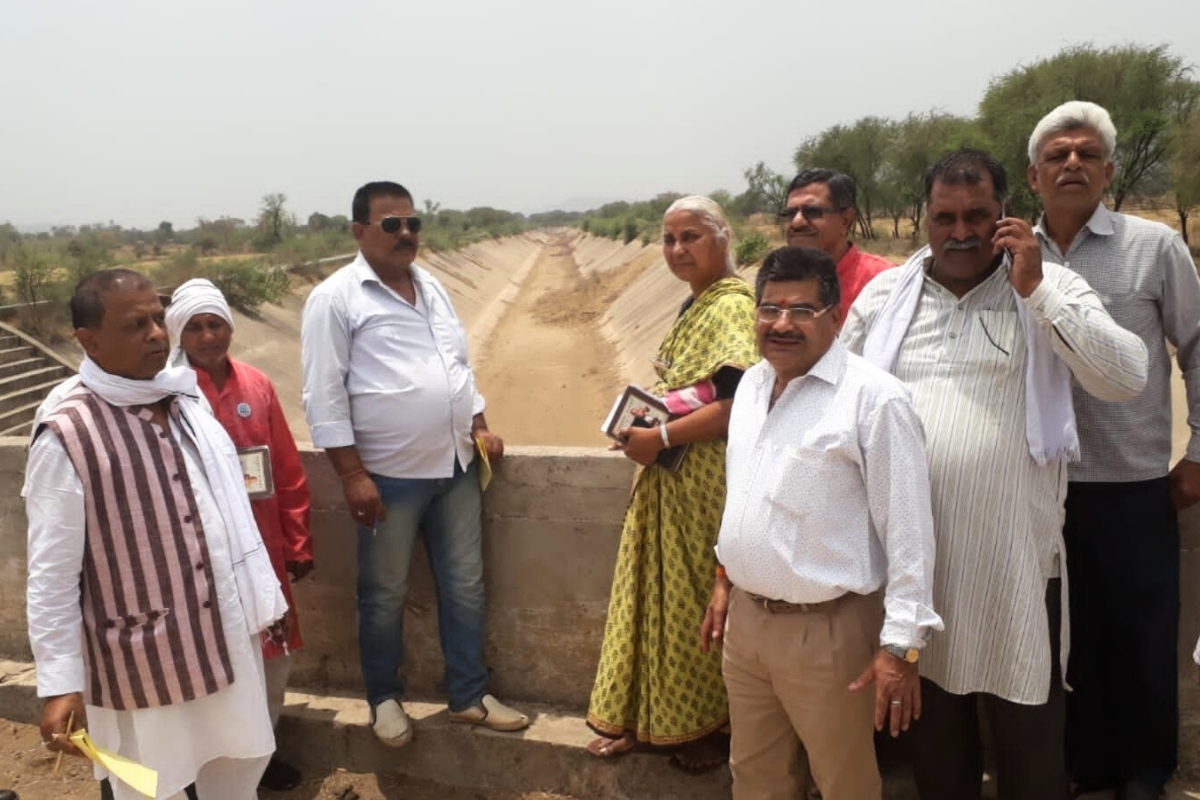The Centre for Science and Environment(CSE) has released a report on Delhi’s air quality, and the findings are alarming. Despite a reduction in stubble burning in neighbouring states, Delhi’s air pollution levels have risen for the second consecutive year in 2024. This trend, according to experts, reflects a deepening crisis and the need for more action.
The report highlights a consistent increase in Delhi’s annual PM2.5 levels, a key air pollution indicator. In 2024, the PM2.5 concentration rose to 104.7 µg/m³, a 3.4% increase from 2023, the analysis report titled 2024: Delhi at risk of losing its long term air quality gains noted. This is over double the national safe standard of 40 µg/m³ and marks a reversal of improvements seen between 2018 and 2022.
“This cannot be dismissed as a weather aberration,” said Anumita Roychowdhury, Executive Director, Research and Advocacy, CSE. “The consistent rise points to growing pollution from local and regional sources like vehicles, industries, and construction dust.”
Delhi’s winter air quality remains a concern
Average PM2.5 levels from October to December 2024 were 178.3 µg/m³, a 4.6% increase compared to the 2021-2023 winter average. Peak pollution levels surged, with a city-wide high of 732 µg/m³—26% higher than the previous year.
The city had 17 days of severe air quality and two smog episodes: one lasted eight days in November and the other four days in December, with average intensities of 371 µg/m³ and 324 µg/m³.
Farm fires, historically significant to Delhi’s winter pollution, sharply declined in 2024. According to NASA data showed a 71.2% reduction in fire counts during October to December compared to the previous year. Punjab reported a 75% drop, while Haryana saw a 37% decrease. Despite this improvement, Delhi’s air quality gains were offset by emissions from other sources.
“Delhi can no longer blame stubble burning for its winter pollution,” said Sharanjeet Kaur, Programme Officer with CSE’s Urban Lab. “Local emissions from vehicles, industries, and construction dust are now the primary culprits.”
The analysis revealed troubling trends in “good” and “bad” air quality days. Delhi saw a slight increase in good air days annually—from 25 in 2023 to 29 in 2024—but no good air days in winter. Instead, very poor or severe air quality days rose from 107 in 2023 to 111 in 2024.
The report noted stark differences in pollution levels across Delhi’s 37 air quality monitoring stations. While areas like DTU and NSIT Dwarka improved by up to 26%, others, like CRRI Mathura Road and Aya Nagar, saw increases of 22% and 17%. The seasonal averages ranged from 97 µg/m³ at DTU to 226 µg/m³ at Wazirpur, with Anand Vihar as one of the most polluted locations.
CSE experts stressed the urgent need for systemic changes to address the city’s year-round pollution. They emphasized that reactive emergency measures during winter are insufficient. Comprehensive strategies are needed to target emissions from vehicles, industries, construction, open fires, and household solid fuels.
“Annual pollution levels have risen despite a significant reduction in stubble burning, highlighting the need for deeper reforms,” said Roychowdhury. “Delhi must implement stronger measures to address action gaps and ensure compliance across all sectors.”
The report calls for a detailed roadmap outlining the pollution problem scale in each sector, specific emissions reduction targets, and required resources. Without swift and coordinated action, Delhi risks losing its air quality gains from the past decade.
Support us to keep independent environmental journalism alive in India.
Keep Reading
Watch: Kashmir experiences first snowfall of season after dry spell
Amarnath Yatra: Tackling rising death toll from extreme weather events
Tourists arrival in Kashmir break records, a need to regulate it?
From tourist paradise to waste wasteland: Sindh River Cry for help
Follow Ground Report on X, Instagram and Facebook for environmental and underreported stories from the margins. Give us feedback on our email id greport2018@gmail.com.
Don’t forget to Subscribe to our weekly newsletter, Join our community on WhatsApp, and Follow our YouTube Channel for video stories.

